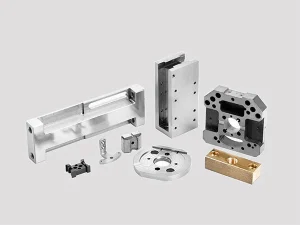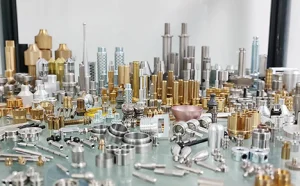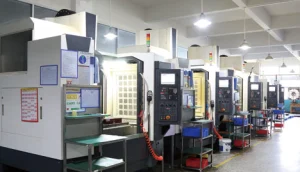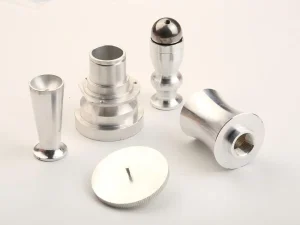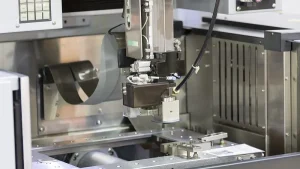Client Background:
SecureVision Technologies, located in the vibrant tech hub of Silicon Valley, California, is a leading security technology company specializing in the development of high-end intelligent surveillance systems. Its services span a wide range of sectors, including commercial real estate, public security, and smart city projects across North America. With annual revenue exceeding $50 million, the company holds a significant position in the industry. In the second half of 2024, SecureVision faced a significant shift in market demand, with a sudden surge in demand for highly durable, lightweight surveillance camera housings. They urgently needed a reliable CNC manufacturing partner to rapidly iterate from prototype to mass production to meet market demand. Our company’s expertise in precision metalworking perfectly matched their requirements, and we were selected as the exclusive supplier, thus beginning a strategic partnership between the two companies.
Client Needs and Challenges We Faced:
SecureVision’s project involved the design of three specific types of surveillance camera housings.
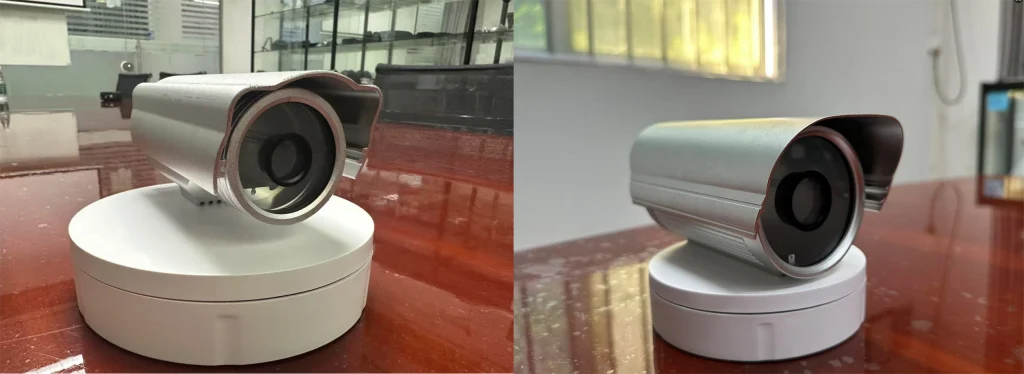
First up is the cylindrical, bullet-shaped housing (pictured above). This housing is constructed from silver aluminum alloy and features a protective cover and a swivel base. It’s primarily intended for outdoor installation. The housing’s length must be precisely controlled within 150mm ± 0.005mm, and the lens opening diameter must be precisely 50mm ± 0.01mm to ensure seamless integration with the internal optical components. Furthermore, its surface features intricate curves with R-values ranging from 5mm to 20mm. This design aims to optimize aerodynamics, reduce wind resistance, and enhance waterproofing to achieve an IP67 rating. The material selection required high-strength 6061-T6 aluminum alloy, while the weight was kept below 300g to ensure ease of installation.
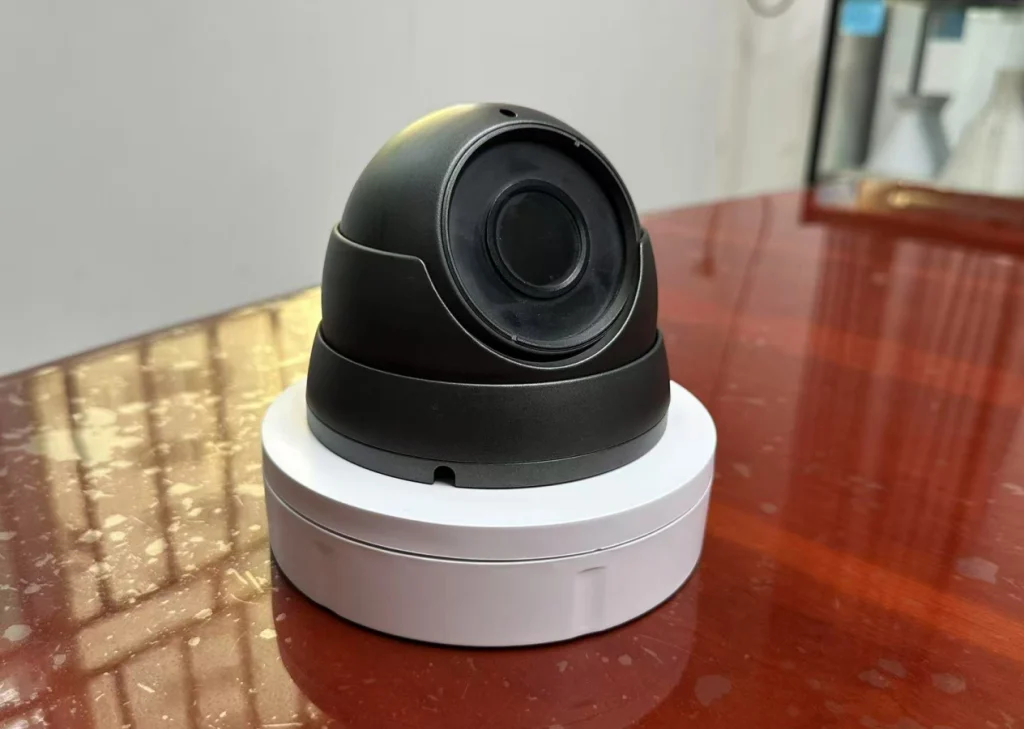
Next is the dome housing (pictured above). This is a black composite-coated structure with a hemispherical design for indoor or semi-outdoor ceiling installation. Requirements include a dome curvature radius of 80mm ± 0.002mm and a base interface tolerance of ± 0.003mm to support 360-degree rotation and tilt. Furthermore, the housing requires integrated heat sinks with a depth of 2mm and a spacing of 1mm to prevent lens fogging in high-temperature environments. All components must be corrosion-resistant and able to withstand extreme temperature fluctuations from -40°C to 70°C. These housings require micron-level tolerances because they will integrate AI-powered image sensors and wireless modules. Any slight deviation could result in optical distortion or assembly failure. SecureVision requires a delivery time of only six weeks for the first 1,000 units, and the products must be ISO9001 certified. They also emphasize sustainability, requiring a minimum 95% recycled material rate and zero waste in the manufacturing process, placing high demands on our production.
To address these needs, Rapidefficient proposed a series of solutions:
During the design and prototyping phase, we used SolidWorks and CATIA software for 3D modeling, optimizing the design based on the customer-provided CAD files. For complex curved surfaces, such as the tapered curvature of the cylindrical housing’s protective cover, we incorporated a topology optimization algorithm. This algorithm reduced material usage by 15% while also improving structural strength—a significant innovation. Using rapid prototyping (with 3D printing for verification), we completed five iterations of sample testing in just one week, significantly improving efficiency. For precision machining, we utilized multi-axis CNC machines, specifically a Haas VF-5/50 5-axis CNC machine for simultaneous multi-faceted machining. This technology allows for the milling of both the inner and outer surfaces of the housing in a single pass, eliminating the multiple process switching required on traditional 3-axis machines and improving accuracy to ±0.002mm. For the hemispherical surface machining of the dome housing, we used a ball-end tool combined with high-speed (15,000 RPM) path optimization to achieve a mirror-grade surface finish of Ra 0.2μm, achieving a very high level of craftsmanship. To integrate complex processes, we introduced electrochemical deburring (ECM) technology to treat the microscopic edges of the internal heat sink, ensuring a burr-free finish. Furthermore, a vacuum clamping system was used to secure the workpiece to prevent vibration and deformation during high-precision machining. To ensure corrosion resistance, we applied a 20μm-thick anodized coating after CNC machining and laser-engraved serial numbers for traceability, ensuring product quality and ease of maintenance. For quality control and measurement, we deployed a Zeiss Contura coordinate measuring machine (CMM) for full-dimensional inspection, scanning over 100 data points on each product to ensure comprehensive and accurate inspection. Combined with AI-driven defect detection software, we achieved a 99.9% yield rate. We also conducted extreme environmental testing using finite element analysis (FEA) to ensure the housing would not deform under a 50G shock, further guaranteeing product reliability. The entire production process was completed at Rapidefficient’s Shenzhen factory, where automated production lines reduced production cycle time by 20%, significantly improving efficiency. We also provided a real-time online portal, allowing the SecureVision team to remotely monitor production progress, enhancing transparency and customer trust.
The resulting partnership results and impact were significant:
The collaboration was successfully completed in early 2025, with Rapidefficient delivering 1,000 qualified units one week ahead of schedule and with zero rework, demonstrating our production capabilities and quality control. SecureVision’s surveillance camera products achieved a 30% sales increase in the North American market thanks to these precision housings, particularly in smart city projects, where they improved image clarity and system reliability, delivering significant business value to customers. Customer feedback stated, “Rapidefficient’s 5-axis machining technology perfectly addresses our micron-level tolerance requirements, enabling our products to stand out from the competition.” This collaboration not only strengthens Rapidefficient’s reputation in the North American market but also lays the foundation for a long-term partnership. Currently, we are exploring expansion into joint development of next-generation AI camera housings. Rapidefficient is committed to providing efficient and precise CNC customization services to customers worldwide. We welcome more partners to contact us to explore new markets and achieve mutual success.

